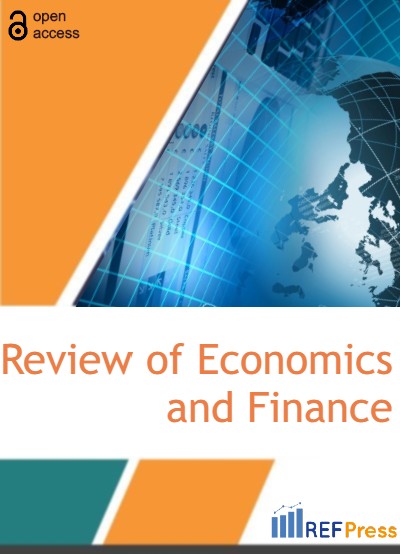
Capacity in University Food Services: A Simulation Analysis Based on the case of Universidad Católica del Maule
(Pages 805-815)Felipe Lillo1,*, Andrés Gonzalez2, Pedro Severino-Gonzalez2, Victoria Toro-Lagos3 and Ihomara Rojas-Sepulveda3
1Facultad de Ciencias Básicas, Universidad Católica del Maule, Talca, Chile.
2Facultad Ciencias Sociales y Economicas, Universidad Católica del Maule, Talca, Chile.
3Escuela de Ingeniería Comercial, Universidad Católica del Maule, Talca, Chile.
DOI: https://doi.org/10.55365/1923.x2022.20.91
Abstract:
The growth of higher education enrollment implies a series of logistical challenges for Universities. One such challenges is to provide food services according to adequate quality standards. This work is motivated by the real-life case of the Universidad Católica del Maule-Chile (UCM), where a sustained growth in student enrollment has led to re-evaluating food service capacity. Determining whether the available infrastructure can serve current and projected student demand becomes particularly important. By developing a computerized simulation model based on discrete events, this study addresses the capacity usage in the UCM food services. As a result, we note that the current infrastructure can meet demand needs. However, a considerable number of users are mostly waiting for attention, which creates a feeling of agglomeration in the service.
Keywords:
Computerized model, discrete event simulation, extreme value analysis, university services, service capacity.
How to Cite:
Felipe Lillo, Andrés Gonzalez, Pedro Severino-Gonzalez, Victoria Toro-Lagos and Ihomara Rojas-Sepulveda. Capacity in University Food Services: A Simulation Analysis Based on the case of Universidad Católica del Maule. [ref]: vol.20.2022. available at: https://refpress.org/ref-vol20-a91/
Licensee REF Press This is an open access article licensed under the terms of the Creative Commons Attribution Non-Commercial License (http://creativecommons.org/licenses/by-nc/3.0/) which permits unrestricted, non-commercial use, distribution and reproduction in any medium, provided the work is properly cited.
